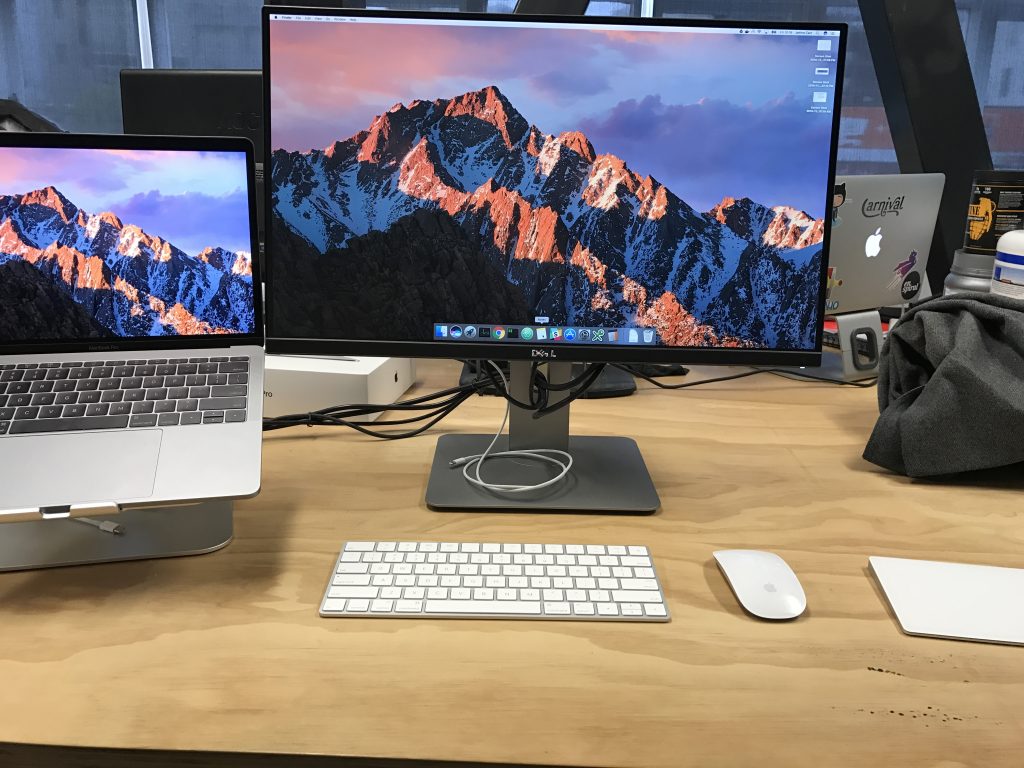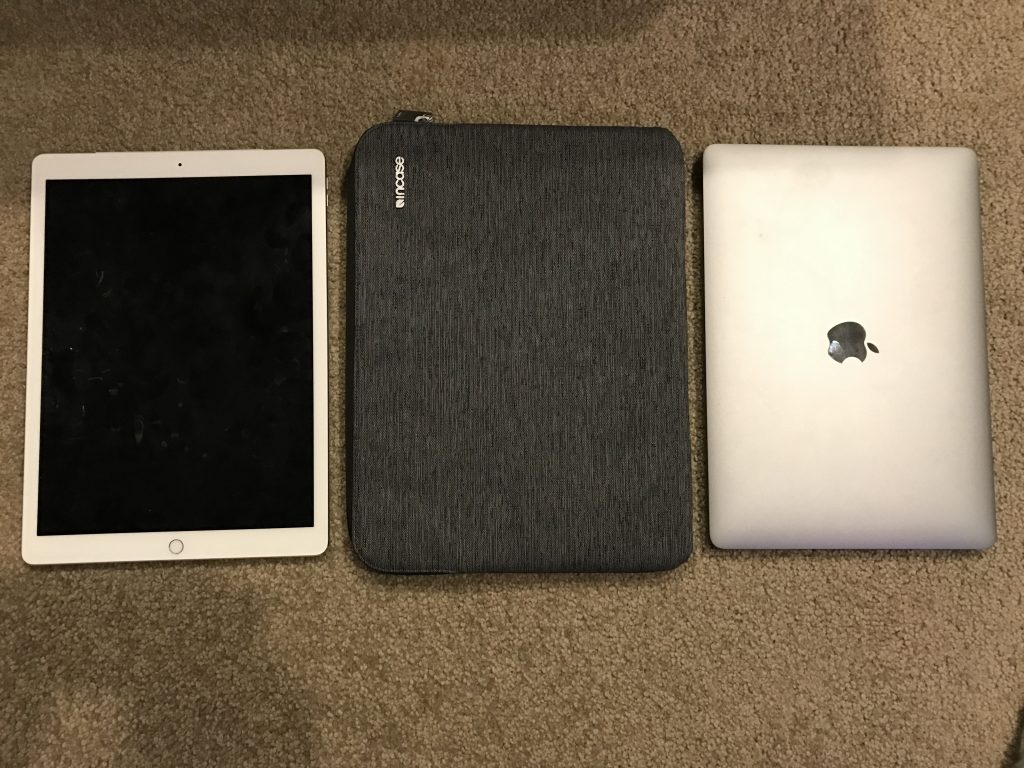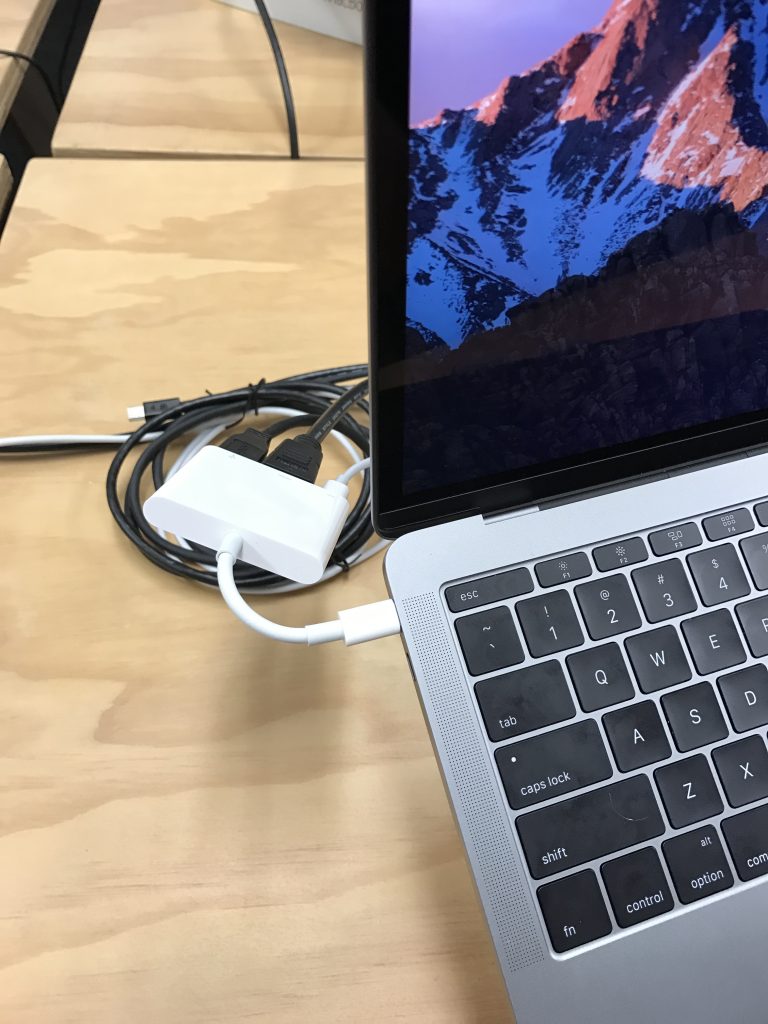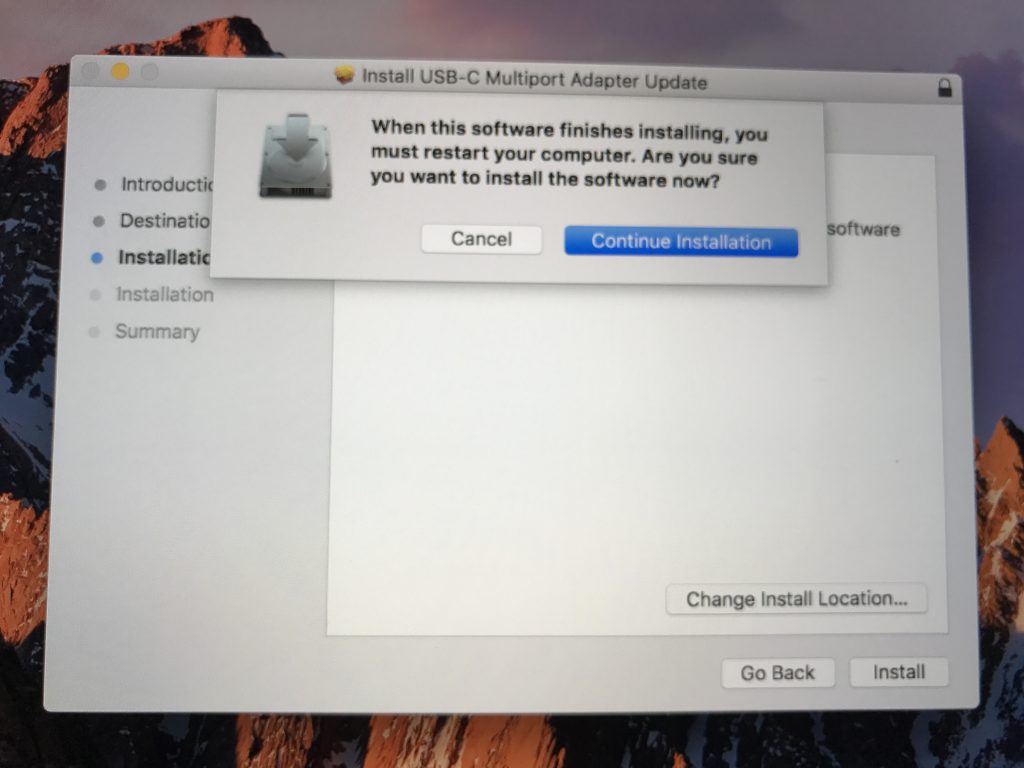Being tethered to one’s device via a cable has long been an annoyance and with Apple finally releasing their AirPods product, I decided to take the risk of a first adopter of a Gen1 product and ordered a pair.
I seemed to be lucky and had mine arrive on 19th December – I suspect Apple allocated various amounts of stock per region and NZ didn’t have the same level of competition for the early shipments as the US did. Looks like the wait time is now around 6 weeks for new orders.
There’s been a heap of reviews online, but I wanted to write a bit about them myself, because frankly, they’re just brilliant and probably the best purchase I’ve made this year.
So why are they so good?
- Extremely comfortable – I found them a lot lighter than I expected them to be and they stay in my ears properly without any discomfort or looseness. This is with the caveat that the old wired EarPods also fitted me well, I’m sure that this won’t be the case for everyone.
- Having music automatically pause when you remove them is just awesome. It’s an example of the Apple of old making intuitive tech that you don’t need to think about controlling, because it just does what it should. Take AirPods out? Probably don’t want that track to keep playing…
- The battery life and charging is pretty good. I’m getting the stated 4-5 hours life per charge and of course the carry case gives you another 24 hours or so of charge.
- The freedom of not being attached by a cord is extremely liberating. At one point I forgot I was tethered to my iMac and ended up going for a walk down to the other end of the house before it disconnected. I could easily see myself forgetting they’re in and getting into the shower one day by mistake.
- The quality is “good enough”. Sure, you can get better audio through other products, but when it comes to earbuds, you’re going to compromise the quality in exchange for form factor and portability. For the sort of casual listening that I’m doing, it meets my expectations happily enough.
- Easy switching between devices, something that traditional bluetooth products tended to do pretty badly.
- Connectivity seems pretty strong. I’ve never had the audio dropout whilst listening, infact when I left them in and walked around the house, I had audio going through the walls.
They’re not perfect – not that I was expecting them to be given it’s a first-gen product from Apple which generally always means a few teething issues:
- Sometimes the AirPods simply aren’t discoverable by my iMac, and even when they are, the connection method can be hit and miss – sometimes I can just click on the volume icon and select them, other times I have to go into the Bluetooth menu and select from there. Personally I’ll blame MacOS/iMac for this, I’ve had other Bluetooth headaches with it in the past and I suspect it’s just not that well tested and implemented for anything more than the wireless keyboards/mice they ship with them. For example, other than the AirPods issues, my iMac often fails to see my iPhone or iPad when they’re in the near vicinity to do iOS handoff.
- At one point a phone call decided to drop from the AirPods and revert to the on-phone speaker without any clear reason/cause.
- I managed to end up with one AirPod unpairing itself from the phone, so I had mono audio until I re-selected AirPods again from the phone’s output menu.
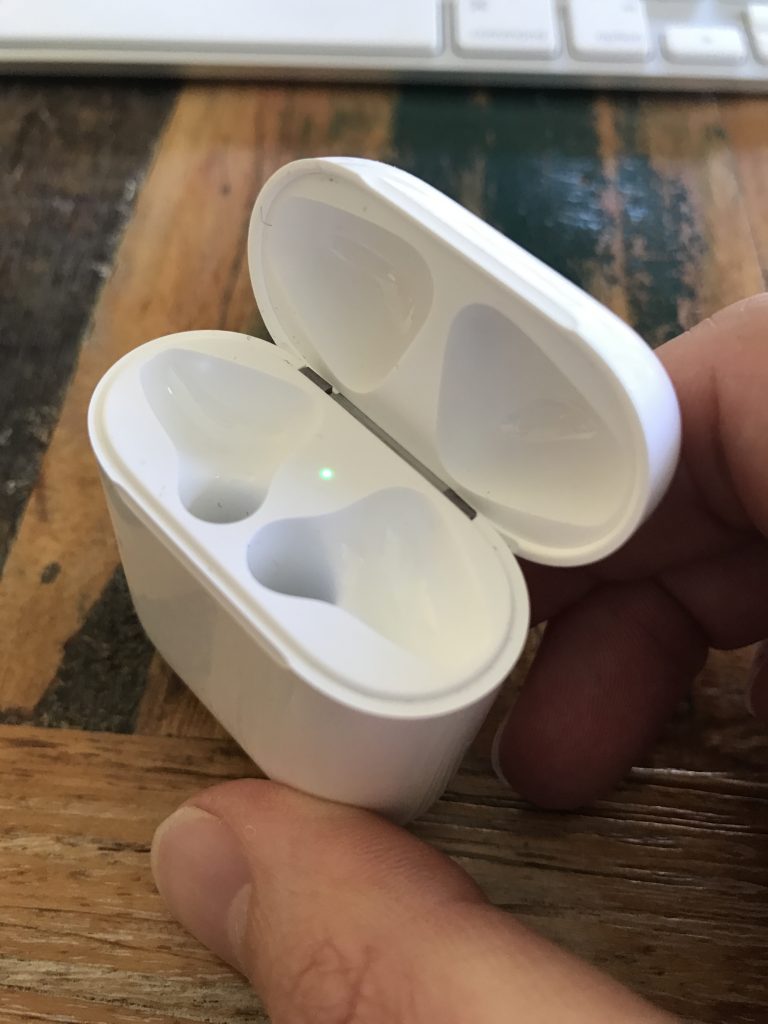
The “dental floss” charging and storage case is pretty clever as well, although I find it a bit odd that Apple didn’t emboss it with the Apple logo like they normally do for all their other products.
That being said, these issues are not frequent and I expect them to be improved with software updates over time.
If I had any feature changes I’d like to see for Gen2, it would be for Apple to:
- Insert a touch sensor on the AirPods to allow changing of volume by swiping up/down on the AirPod. That being said, using the phone volume rocker or the keyboard to change volume isn’t a big issue. The AirPods also have a “double-tap” detection feature that can either launch Siri or Play/Pause music.
- Bring up the waterproofing to a level that allows their use in the shower. Whilst there are reports on the internet of AirPods surviving washing machine cycles already, I’d love a version that’s properly rated for water exposure that could truely go anywhere.
Are they worth the NZ $269? I think so – sure, I’d be happy if they could drop the price and include a pair with every iPhone sold, but I think it’s a remarkable effort of technology miniaturisation that’s resulted in a high quality product that produces a fantastic user experience. That generally doesn’t come cheap and I feel that given the cost of other brand name wireless audio products, AirPods are reasonably priced.
I’d maybe re-consider buying them if I was using a non-Apple ecosystem (which limits the nice peering features, although they should work with any Bluetooth device) or if I was only going to use it with MacOS rather than iOS devices. With less need for the nice peering and portability features, third party offerings become a bit more attractive.

